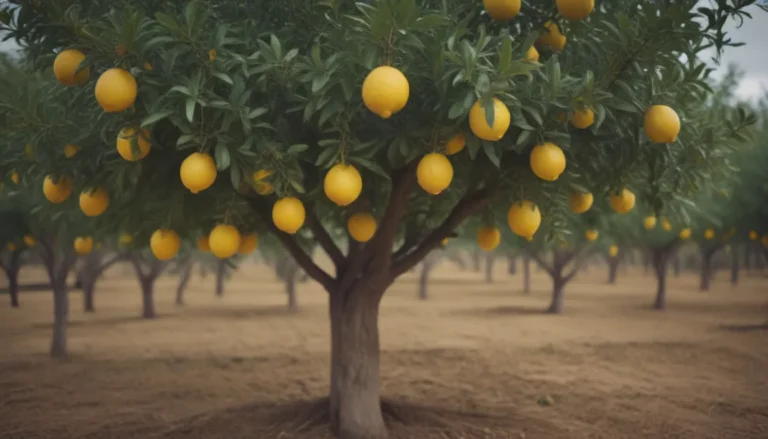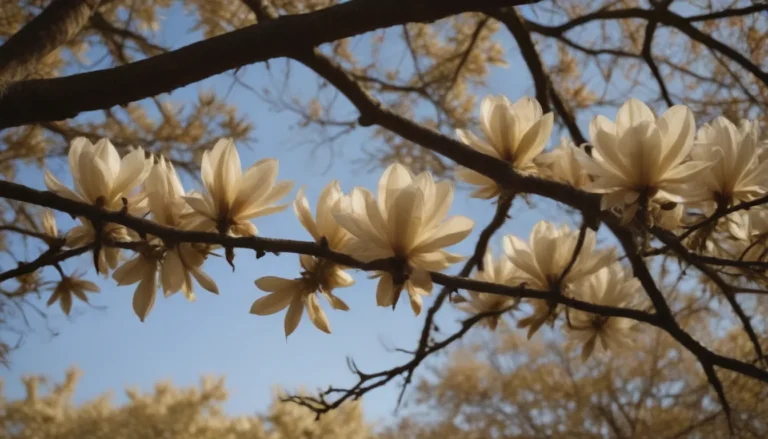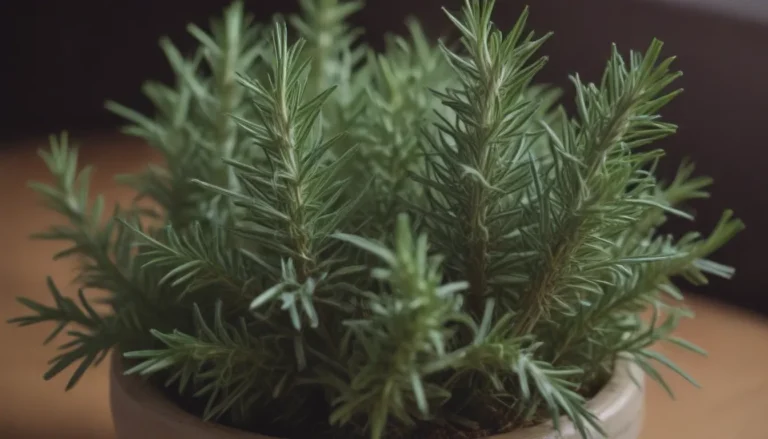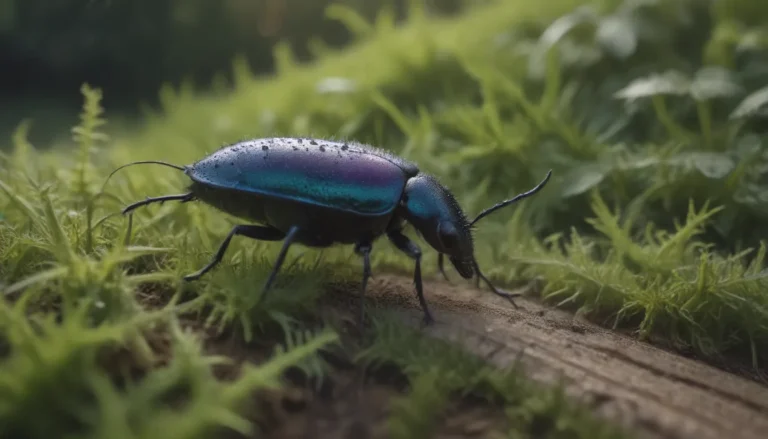Comprehensive Guide to Growing and Caring for Dusty Miller Plants
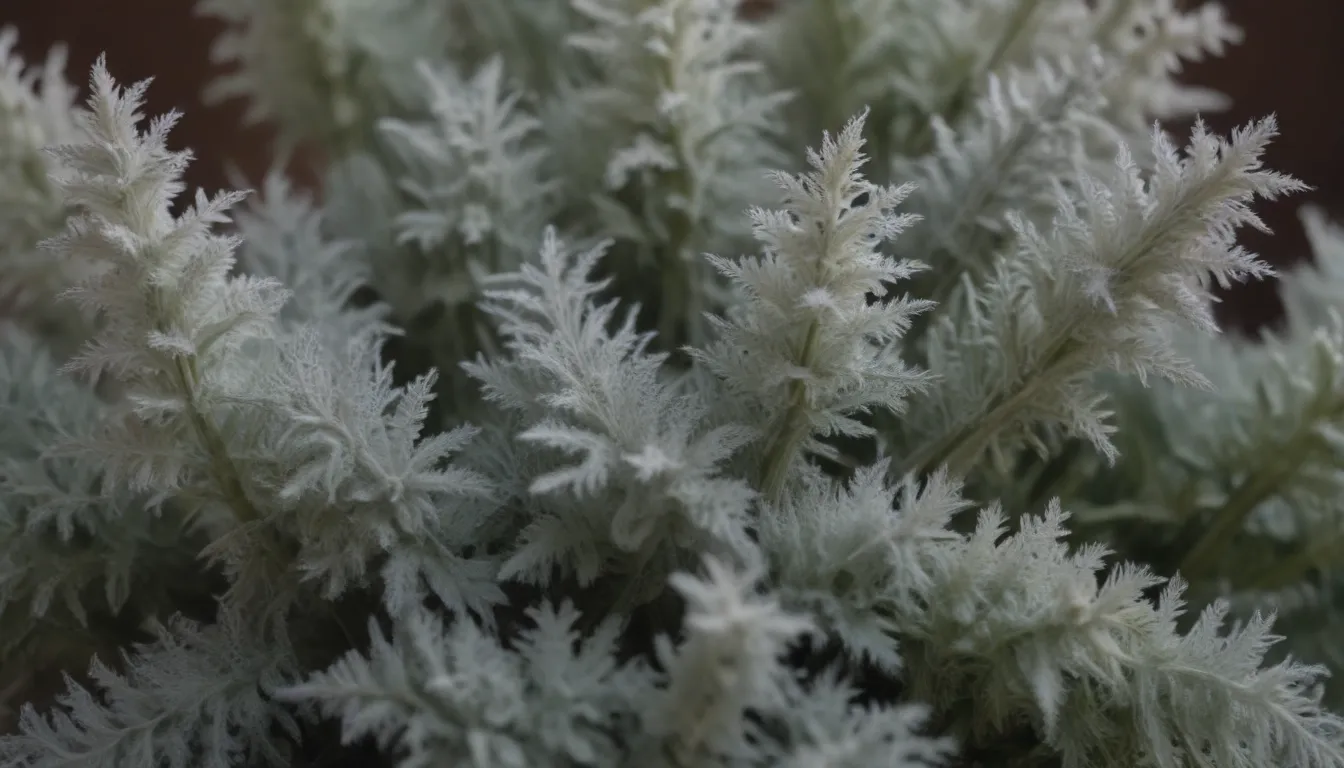
Are you looking for a versatile foliage plant to add contrast and texture to your flower garden? Look no further than the stunning dusty miller (Jacobaea maritima), also known as Silver Dust. This article will provide you with all the information you need to successfully grow and care for this beautiful and easy-to-grow plant.
Introduction to Dusty Miller Plants
Every flower garden can benefit from the presence of dusty miller plants. Their silvery leaves add a touch of elegance and sophistication to any landscape, making them the perfect foil for colorful blooms. Whether you prefer cool purples and blues or hot reds and oranges, dusty miller is a versatile plant that pairs well with a variety of flower colors. Even white flowers can benefit from the soft glow of dusty miller’s wooly textured leaves, especially in moon gardens.
Dusty miller is a sun lover that thrives in full sun exposure. While it is typically grown as a tender perennial in zones 8 to 11, it can sometimes survive the winter in slightly colder climates. However, in colder regions, it is best grown as an annual. Dusty miller produces tiny bright yellow flowers that contrast with its silvery leaves, but to maintain a compact growth habit, consider removing the flowering stalks before the buds open.
Planting and Growing Dusty Miller
Planting Dusty Miller
- Sow seeds in the ground after the last spring frost for seedlings to emerge in two to three weeks.
- Dusty miller seedlings will develop into rounded mounds of foliage that reach about 1 foot tall in the first year.
- Maintain the plant’s appearance by removing yellowing leaves and floral sprigs as needed.
Preferred Growing Conditions
- Dusty miller thrives in full sun and can become leggy if placed in a shady spot.
- It adapts well to various soil types but requires good drainage for healthy growth.
- Maintain a pH range of 5.5 to 6.0 and provide regular watering, especially during periods of drought.
Types of Dusty Miller
- Dusty miller cultivars vary in the degree of leaf dissection, with some varieties featuring lacy and delicate foliage while others have slightly lobed leaves.
- Popular cultivars include ‘Cirrus’, ‘Silverado’, and ‘Silver Lace’.
Care and Maintenance of Dusty Miller Plants
Light and Water
- Dusty miller plants require full sun to maintain their compact growth habit and vibrant foliage color.
- Water regularly, providing about one inch of water per week to keep the plants healthy.
Soil and Fertilization
- Ensure good drainage by amending the soil with compost to improve both pH levels and drainage.
- Dusty miller is a light feeder and may only require supplemental fertilizers in poor soil conditions.
Pruning and Propagating
- Dusty miller plants do not require extensive pruning to maintain their bushy shape.
- Trim off yellow blooms if they detract from the plant’s appearance.
- Propagate dusty miller through cuttings in the spring to encourage new growth.
Companion Plants and Design Ideas
Companion Plants for Dusty Miller
- Pair dusty miller with colorful, long-blooming flowers like petunias or million bells.
- Create pleasing color combinations by planting purple and silver flowers alongside dusty miller.
- Consider mixing dusty miller with other sun-loving plants like zinnias, pentas, or salvia for a vibrant garden display.
Design Ideas
- Add ornamental grasses for a contrasting texture in the garden.
- Incorporate basil to attract pollinators and provide a pleasant scent in your garden.
Overwintering and Common Pests
Overwintering Dusty Miller
- Reduce watering in late summer to prepare dusty miller for the winter.
- Prune back the plant and mulch with pine needles or straw to protect it from the cold.
Common Pests and Diseases
- Watch out for slugs, especially in flowerbeds with frequent irrigation. Use beer traps or handpick slugs to control their numbers.
- Avoid root rot by ensuring proper drainage, especially in clay soils. Consider growing dusty miller in containers or raised beds in heavy soil areas.
In conclusion, growing and caring for dusty miller plants is a rewarding experience for gardeners of all skill levels. With its beautiful silvery leaves, drought tolerance, and pest-free nature, dusty miller is a valuable addition to any garden. Follow the tips and guidelines provided in this comprehensive guide to ensure your dusty miller plants thrive and enhance the beauty of your landscape.
